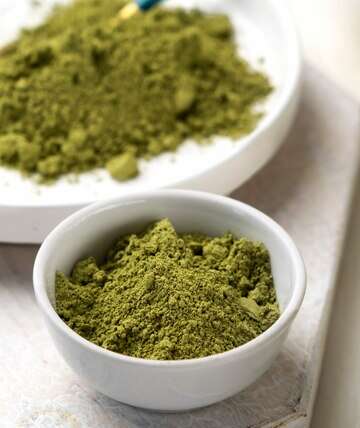
Do you have a collection of sterling silver flatware? While sterling silverware can be a beautiful heirloom or collection to display, it’s certainly not for everyone. They require maintenance to keep them looking sharp, and many households don’t have the space required to store them safely.
Home sizes are shrinking, and few younger people have the space for a hutch or cabinet that they might need to display such a collection. Plus, sterling silver tarnishes over time, and it requires careful cleaning if you decide to use it.
If you’ve purchased, been gifted, or inherited a flatware collection that you can’t store properly, maintain, or simply don’t want any longer, you can sell your silverware to earn some extra cash. Here’s what you need to know to get started.
Is It Made from Silver?
The term “silverware” has changed over the last century. Traditionally, it referred to flatware (forks, knives, spoons, and other serving utensils) that were made from sterling silverware. Today, it’s often used to refer to utensils that have been made from stainless steel because it’s cheaper and easier to clean. There are also examples out there where silverplate is used – a thin coating of silver over a cheaper metal that won’t be as valuable.
The easiest way to make sure your collection is really made from silver is to look for the hallmark. The hallmark can tell you where it was made, who the manufacturer was, and the silver content. In particular, look for a set of numbers or letters underneath the handles. For sterling silver, look for the numbers .925 (the traditional definition of sterling silver, which is 92.5% silver) or .9584 (Britannia silver).
Many silver buyers will also be interested in lower compositions, down to 50% silver. It won’t be worth as much, but given the weight of silverware, you can still earn some money from selling it.
Is It an Antique?
Next, you may want to find out if it’s an antique. Antiques are generally any item that’s over 100 years old. If it’s in good condition, there may be a market for it that goes beyond its silver content. If you can identify the age of your silverware, that can help you determine if it’s an antique.
You should also understand that an antique does not necessarily mean it will be worth a lot more money. That’s usually reserved for rarities, as explained below.
Is It a Rare Collectible?
The collectible market can be very different from the antique market. While antiques are defined principally by their age and authenticity, collectibles are defined by their rarity and celebrity. Rarity and celebrity affect demand from a smaller but more motivated pool of potential buyers.
When it comes to rare collectibles, you really need to speak to an expert to identify one. These are flatware collections like the Repoussé by Stieff, a sterling silver flatware pattern designed in 1845 featuring an intricate floral pattern along the stem and handle, or the King Richard Collection by Towle, which is known for patterns inspired by Richard the Lion-Heart and the Crusades, featuring richly ornamented shields at the centre of the handle.
There are many more examples, but they should be evaluated by an expert in the field who will also take into consideration their condition and the completeness of the collection.


